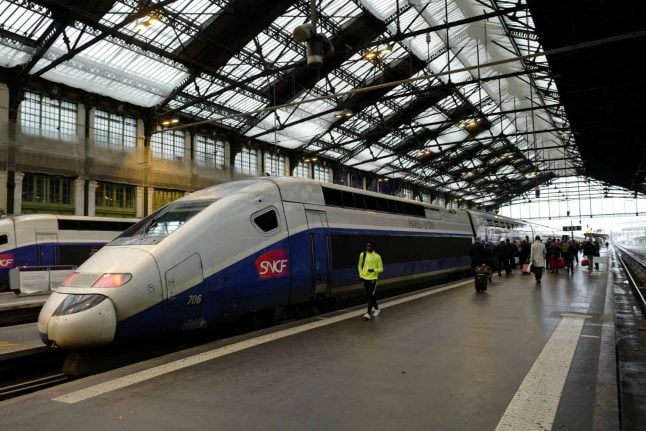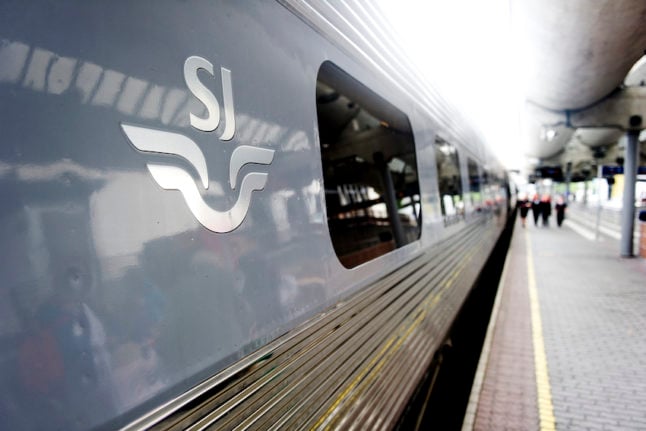The Business Combination Agreement (BCA) sets the terms of combining Alstom with Siemens' mobility business, including its rail traction drive business, after the two firms unveiled their plans last year.
“With the signing of the BCA, we have reached an important milestone on the way to building a new leader capable of tackling the challenges of tomorrow's mobility,” said Henri Poupart-Lafarge, the chief executive of Alstom who will be the CEO of the new company, in a statement.
Roland Busch, a member of the management board of Siemens, is to serve as chairman of the board of directors of the combined entity, which is to be based in France.
Siemens will control 50 percent of Alstom immediately but will be blocked from taking a bigger than 50.5 percent stake for the four coming years.
Alstom trade unions objected to the merger, fearing job cuts and closures.
An Alstom-Siemens merger has been mooted for years and completes the transformation of the French group which sold off its energy business to American rival General Electric in 2015 for 9.5 billion euros.
The merger will create the world's top firm for rail signalisation and the number two for building train carriages, which should help the firms face rising Chinese competition.
The merger is expected to be completed by the end of the year.
Alstom employs 32,800 people worldwide while Siemens Mobility has 28,800 staff.
READ ALSO: France's Alstom inks €75 million supply deal with India metro firms



 Please whitelist us to continue reading.
Please whitelist us to continue reading.